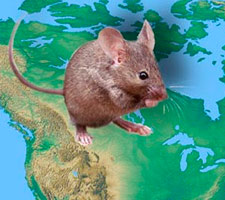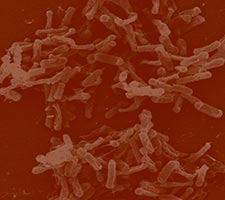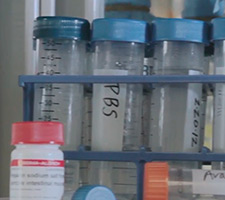Medical interventions, courtesy of the black bear | Health Sciences
Though it may seem hard to believe, black bears may hold the key to combating muscle atrophy suffered by patients in the ICU.
During long stays in the ICU, some patients can experience up to a 50 percent loss of muscle mass, making recovery harder.
But black bears can hibernate for months while losing less than 20 percent of certain muscles. Other muscles experience no loss at all.
U of M expert Paul Iaizzo, Ph.D., and collaborators from Medtronic and the Minnesota Department of Natural Resources are working to unlock how the bears perform their amazing feats of muscle preservation. If they can, millions of patients nationwide could benefit.
Learn what kind of medical interventions black bears may help U of M researchers develop.
University of Minnesota researchers hope to unlock the secret to how black bears preserve much of their muscle mass while hibernating. Take look at what we’ve discovered so far:
If a human were to go five seconds without a heartbeat, we would pass out. But according to Medtronic monitors, a hibernating black bear can go 10 to 15 seconds between heartbeats, allowing them to save energy and protect their heart from extended period of rapid beating.
This kind of arrhythmia could be used in the intensive care unit as a substitute for induced comas. Think of it as “induced hibernation” designed to protect patients hearts and conserve their energy.
U of M experts are examining whether certain bile acids and hibernation triggers found in bears could help prepare oxygen-deprived tissue for the reintroduction of blood after surgery or major medical interventions.
Currently, surgeons only have 4 to 6 hours to remove an organ from a donor and get it to a recipient. U of M researchers are trying to figure out if hibernation triggers in bears could extend that hourly range. The additional time could save thousands of lives each year by extending the geographic range between donors and recipients.



